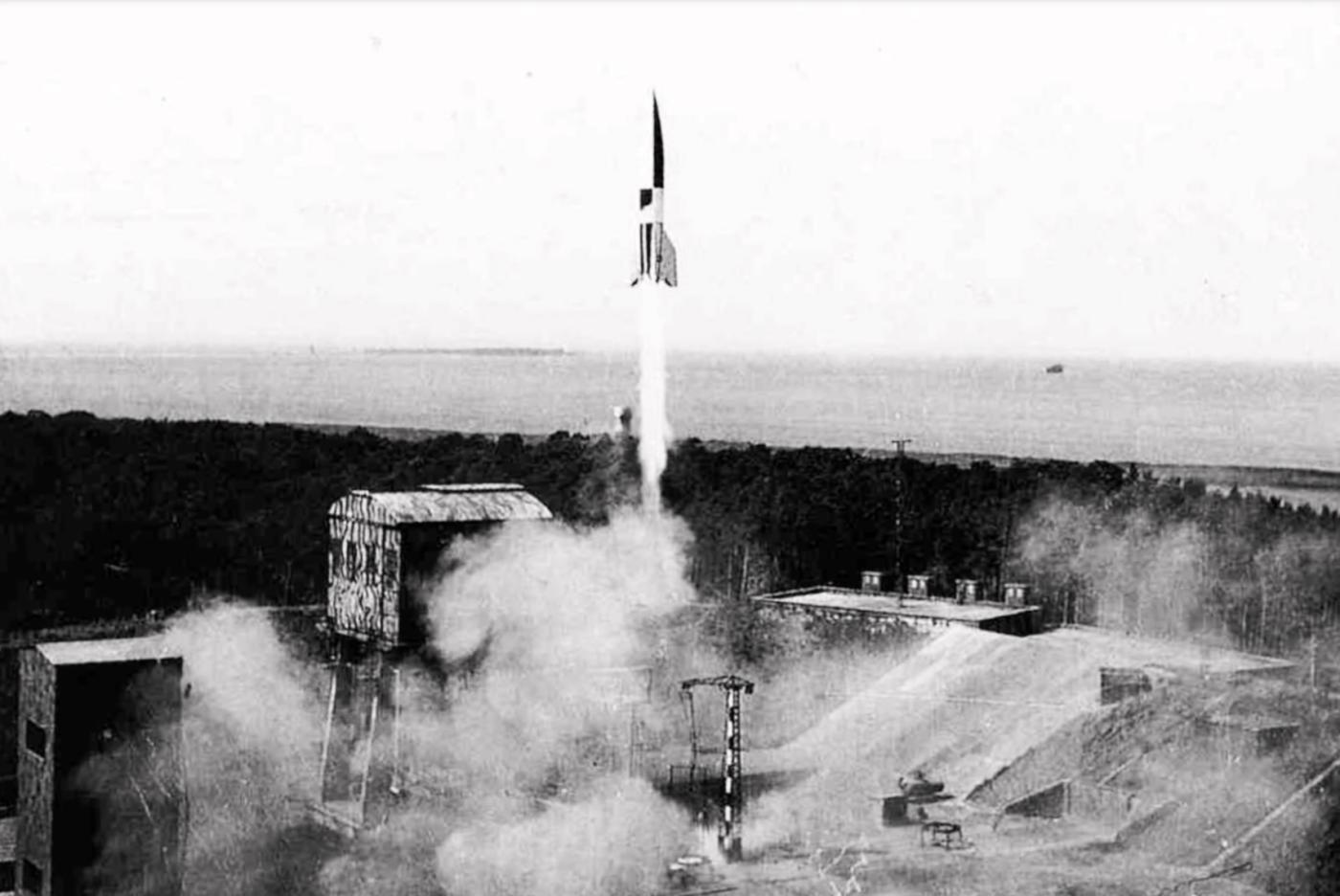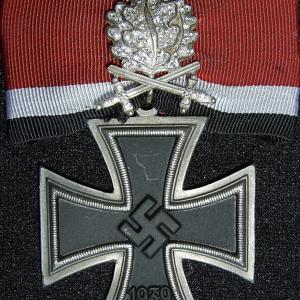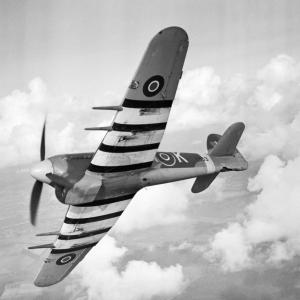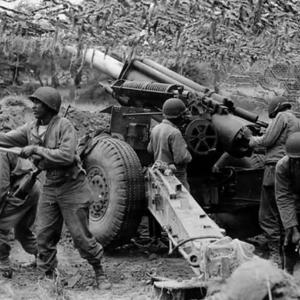
Operation Hydra
On the night of August 17–18, 1943, the Royal Air Force (RAF) launched a significant and meticulously planned bombing raid on the German Army’s secret weapons research facility at Peenemünde, located on the Baltic Sea coast. Known as Operation Hydra, this attack targeted the heart of Nazi Germany’s advanced rocket development program, specifically the V-2 rocket, which was the world’s first long-range guided ballistic missile. The operation was pivotal in disrupting German efforts to develop these powerful “vengeance weapons,” which posed a grave threat to Allied cities.
Peenemünde was the main site for the German Army’s research, development, and testing of the V-2 rocket, with extensive facilities that included laboratories, workshops, test stands, and accommodation for the scientists and engineers. The site was under the control of the German Army’s Waffenamt and was overseen by leading rocket scientists such as Wernher von Braun. Allied intelligence, through reconnaissance, intercepted communications, and resistance reports, had identified Peenemünde as a critical target that could not be ignored.
The raid was carried out by RAF Bomber Command’s No. 5 Group, one of the most experienced and elite units within the RAF. The operation involved a total of 596 aircraft, primarily heavy bombers. These included 324 Avro Lancasters, 218 Handley Page Halifaxes, and 54 Short Stirlings. The Lancaster bombers came mainly from squadrons such as No. 97, No. 9, No. 44 (Rhodesia), and No. 103 Squadron. The Halifax bombers were from squadrons including No. 35, No. 76, and No. 78. The Short Stirlings were contributed by squadrons such as No. 7 and No. 15. No. 617 Squadron, later famed for the Dambusters raid, also took part, contributing specially trained crews skilled in precision bombing.
The operation was carefully coordinated with a diversionary raid on Berlin by other RAF units to draw away German night fighters and anti-aircraft defenses. The bombers took a circuitous route to avoid early detection and approached Peenemünde in three waves, beginning shortly after midnight on August 18, 1943. The first wave focused on destroying the living quarters and barracks of the scientists and technicians, aiming to disrupt the personnel critical to the rocket program. The second and third waves targeted the production facilities, test stands, and research laboratories.
Approximately 1,800 tons of bombs were dropped during the raid, with a mix of high-explosive and incendiary bombs used to maximize destruction. The bombing caused extensive damage to the research and development infrastructure. Several buildings housing workshops and test equipment were destroyed or severely damaged, while fires raged through the compound. The living quarters sustained heavy damage, resulting in the deaths of around 735 people, including scientists, engineers, forced laborers, and military personnel. Among the casualties was Walter Thiel, a leading rocket propulsion expert, whose loss significantly affected the program.
The damage forced the Germans to relocate much of the V-2 development and production underground, notably to the Mittelwerk facility in the Harz Mountains. This relocation and the loss of personnel delayed the deployment of V-2 rockets by several months, providing the Allies crucial time to prepare defenses and conduct further intelligence operations.
Though the raid did not completely halt the V-2 program, it was a critical blow that disrupted the pace of German rocket development and highlighted the effectiveness of precise, large-scale bombing operations against high-value targets. Operation Hydra also demonstrated the strategic importance of No. 5 Group and the RAF Bomber Command’s ability to carry out complex, coordinated attacks involving multiple squadrons and aircraft types.










